Jessie Watson Brown, a UK traditional tanner, spent two months this winter at Jutulskinn, a traditional tannery in Norway. Here she shares some of her experiences and learnings.
Nestled in a small village in the snow covered mountains of Norway is Jutulskinn, a traditional tannery run by Sofie Kleppe and Roni Ohman. In February and March, whilst the ground still lay frozen and sleeping, I spent two months working with these very experienced tanners. Jutulskinn tan, sew, design and reconstruct clothes and items with natural ingredients and long traditions. They also run courses in tanning.
I’ve been a tanner for about five years – first learning from tanners in the USA, where the tradition is experiencing a massive revival. In the UK, however, there are only a handful of small scale traditional, natural tanners. I wanted to understand more, learn from others, and share what I knew, so I headed to Norway.

In Scandinavia old crafts are really valued and thriving, such as woodwork, natural building and of course traditional tanning, thanks to folk schools, government funding and a general culture of keeping traditions alive.
Ethics and the environment
Jutulskinn has very high standards when it comes to ethics and sustainability.
All their skins are consciously sourced. For example, the foxes we were skinning and tanning would otherwise have been thrown away. They are wild-hunted due to overpopulation, but then just left in the forest. This is the same case in the UK with the foxes I source. It feels good to use a beautiful resource that would otherwise be left to rot.

The reindeer skins come from a local reindeer herder. Every autumn the reindeer are gathered together in their herds and many are killed for their meat at this time. Sofie and Roni collect the skins from this round-up and dry or salt them to provide them with material for the whole year. Reindeer herding is an age-old tradition in Norway and the rest of Scandinavia, where the reindeer live in the mountains and wild lands and are rounded-up at certain times of year.
Tools

There is such a wide array of tools at the workshop – they are all beautifully hand-forged by a blacksmith and wooden handled. Many of the tools were completely new to me and some were just variations on those I’d used before.

It was amazing to be working in a custom-made workshop with everything designed to make the whole tanning process run smoothly and efficiently – rather different to my more rustic Devonshire barn setup at home!
This meant we were able to work on many more hides at once than I do at home. I was often working on 5 or 6 skins simultaneously here, something that the damp climate would make much more challenging at home.

Tanning techniques
The tanning methods used at Jutulskinn are completely natural, either bark tanning or fat tanning. I go into more detail about these two types of tanning in the introduction to skins and hides.

For bark tanning – you boil up tree barks to extract the tannins – the acidic astringent compound that actually transforms and preserves the skin as leather. You soak the skins in this solution. This is used to create leather and for furs such as foxes and martens. You would then oil the skin as it dries to keep it flexible and soft.

The other method, fat tanning, involves rubbing fats onto the skin and working the skin soft. You then might smoke the skin to deter critters and preserve the softness.

Projects
The tannery is also involved in a number of interesting projects, from stone-age living immersions to artefact reconstruction.

Due to climate change, glaciers in the Norwegian mountains are melting. Many ancient artefacts are being discovered as the ice recedes. One such find is of a 3000 year old ski which Sofie and Roni have reconstructed – the skin-ski. A wooden board covered in sealskin or reindeer skin. The skin is placed so the hairs run front to back, so you can climb up and the fur grips the snow, then you can slide down smoothly.
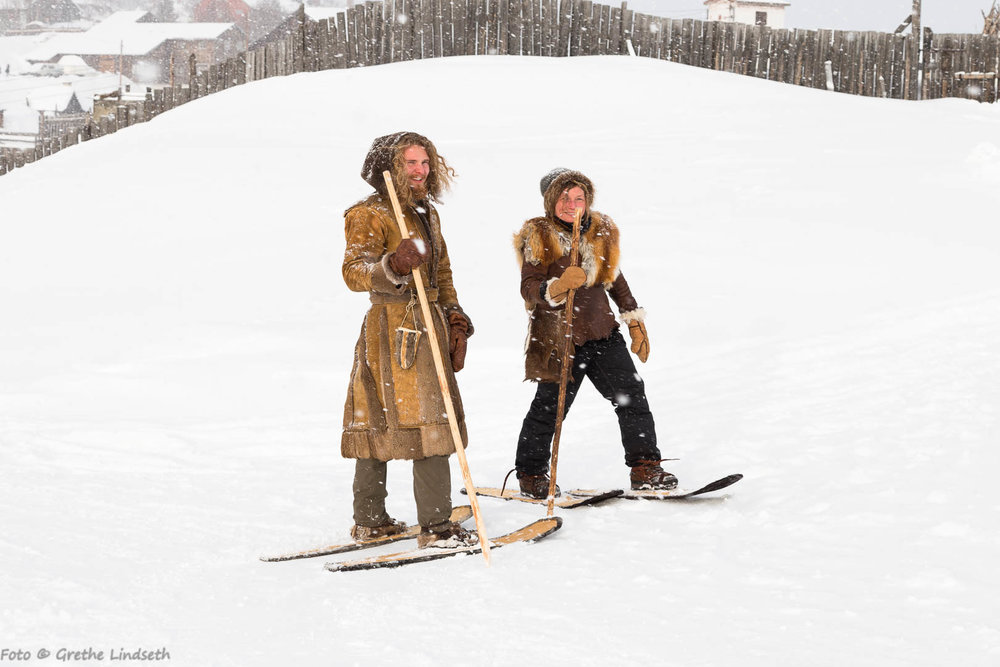
Finished products
Sofie is also an incredible seamstress, so all their beautiful leather and fur goes upstairs to the sewing room to be made into the finished products. From bags, fur hats and jackets, to commissions such as wedding dresses and interior design.

I’ve learnt so much from Sofie and Roni, much more than I can squeeze into an article – and more geeky tanning details than anyone really wants to read about!
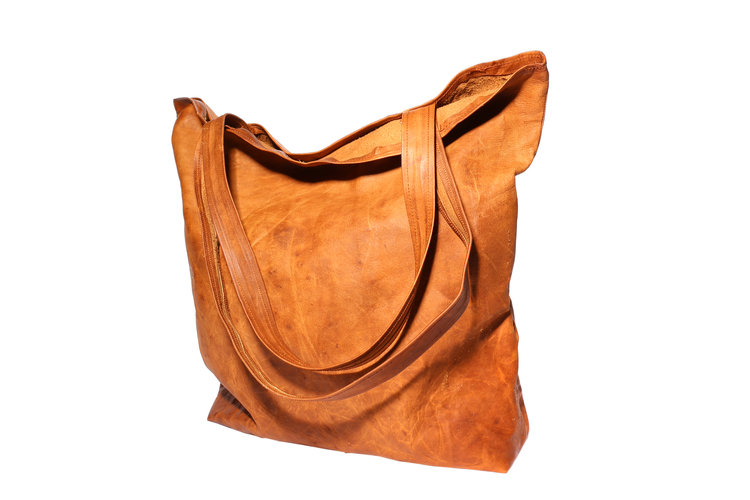
As a craftsperson, it feels so important to keep learning – not just from working with the materials and tanning myself, but from true masters of the trade. It is so inspiring to see people making a viable living from their craft, and still enjoying the freedom of creativity and maintaining high ethical standards.

About the author
Jessie Watson Brown is a tanner and basket weaver, making and crafting using natural materials. Jessie is based on Dartmoor, and along with Jane Robertson, offers courses and camps in tanning at Oak and Smoke Tannery. She looks after the Nature section of our website.

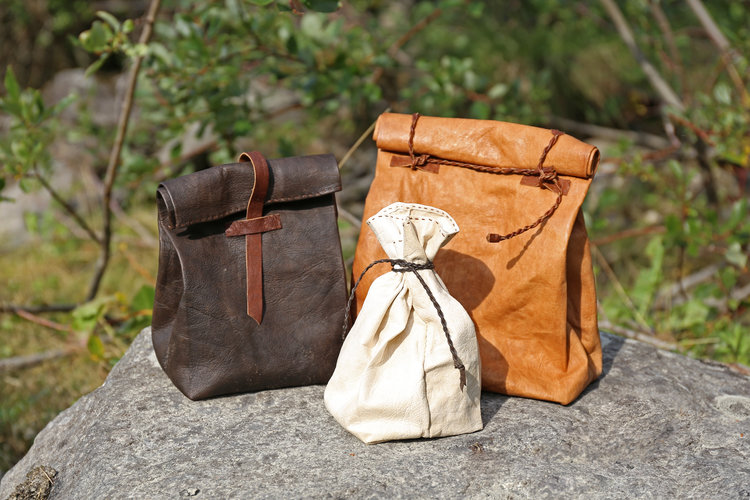
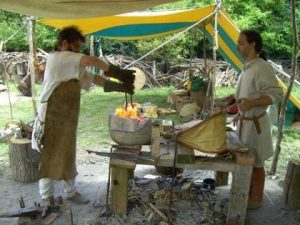
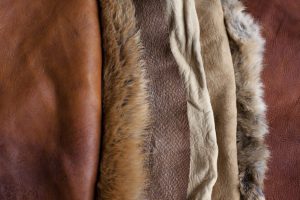
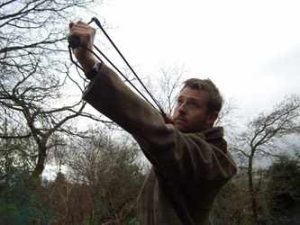
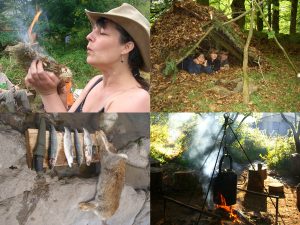
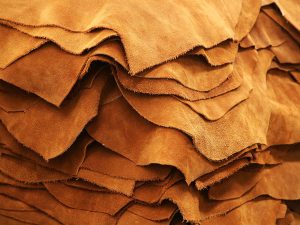
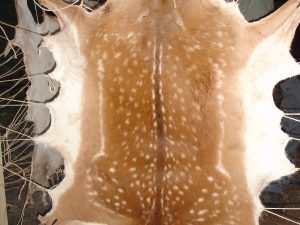
2 Comments
Take care – the skies will run very fast with sealskin underneath – but it has to be replaced now and then when worn out
Yes – I had a go! They are amazing to climb up, and very fast going down!